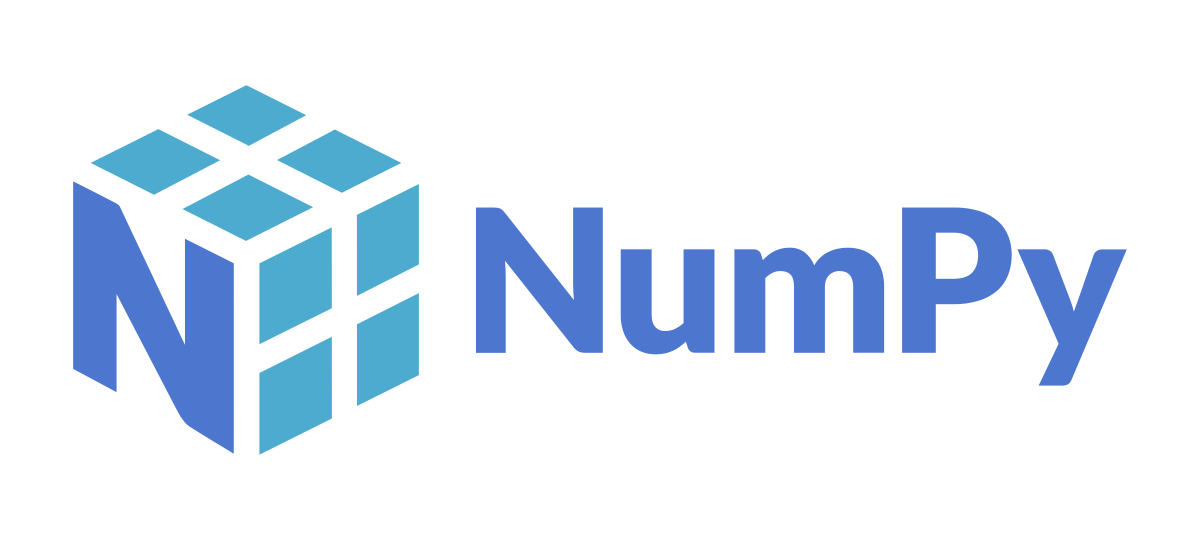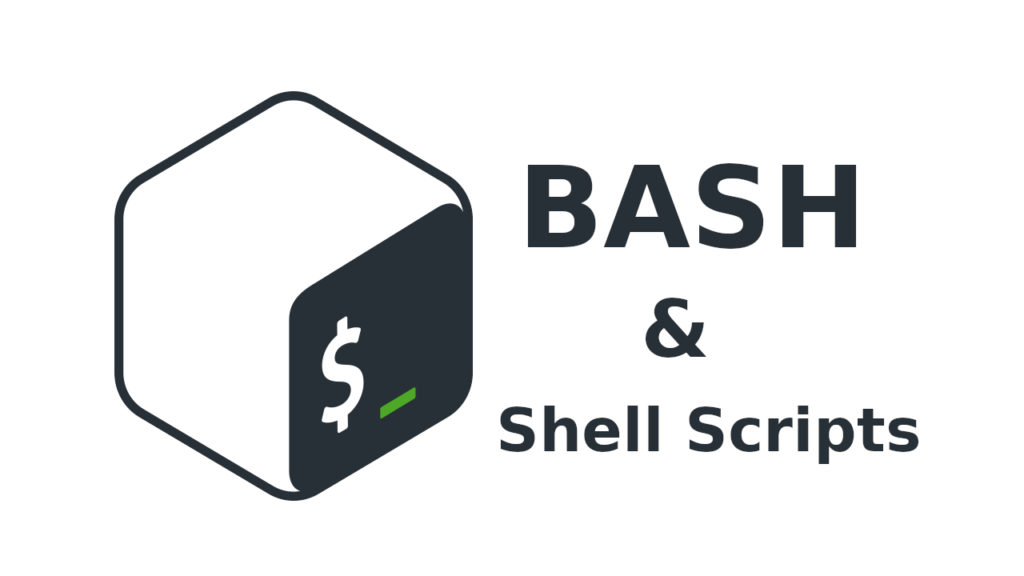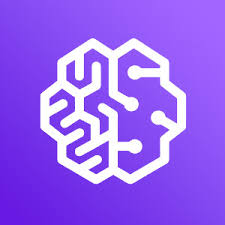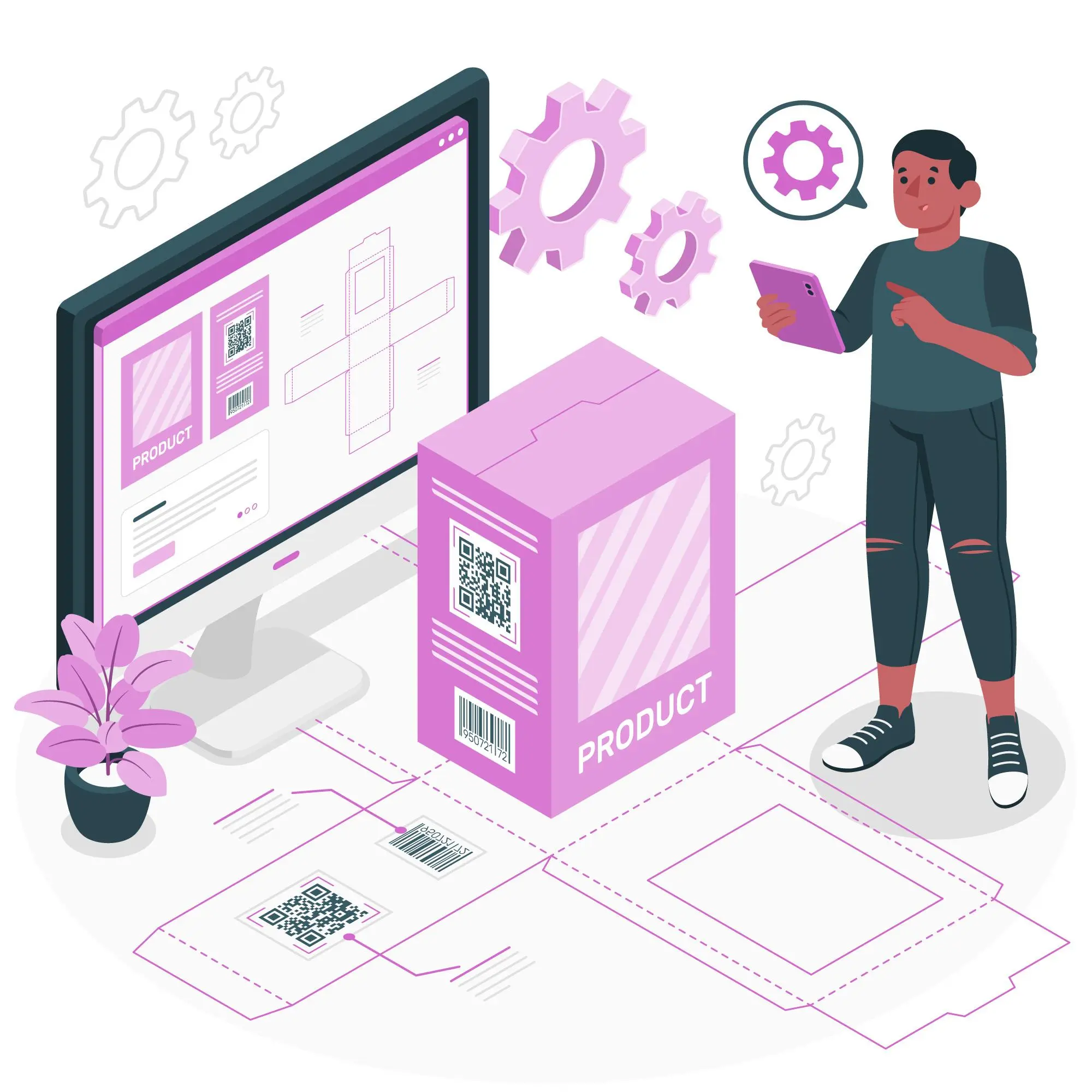Results & Outcomes
In addition to significantly reducing the time it takes to troubleshoot system errors, the integration of visualization tools has transformed the way engineers interact with complex systems. Previously, locating the root cause of a failure—such as identifying the specific file responsible for a system crash—could take tens of minutes, sometimes even hours. With advanced visualization, that same task can now be completed in a matter of seconds. By presenting a clear, interactive view of the system’s structure and behavior, the visualization not only improves response time but also enhances overall system transparency and understanding.
The tool leverages AI and logical analysis to examine both source code and design documents in depth. It uncovers hidden relationships and dependencies that are not easily traceable through manual inspection. Even users who have no prior familiarity with the target system can rapidly identify relevant source files and related documentation. Moreover, the tool reveals how these elements interact, providing immediate insight into their roles and connections. This functionality is invaluable for impact analysis and fault diagnosis, allowing teams to quickly assess how a change or error in one component could influence others, and ultimately improving the speed and reliability of the investigation process.
Featured Article

EN



























